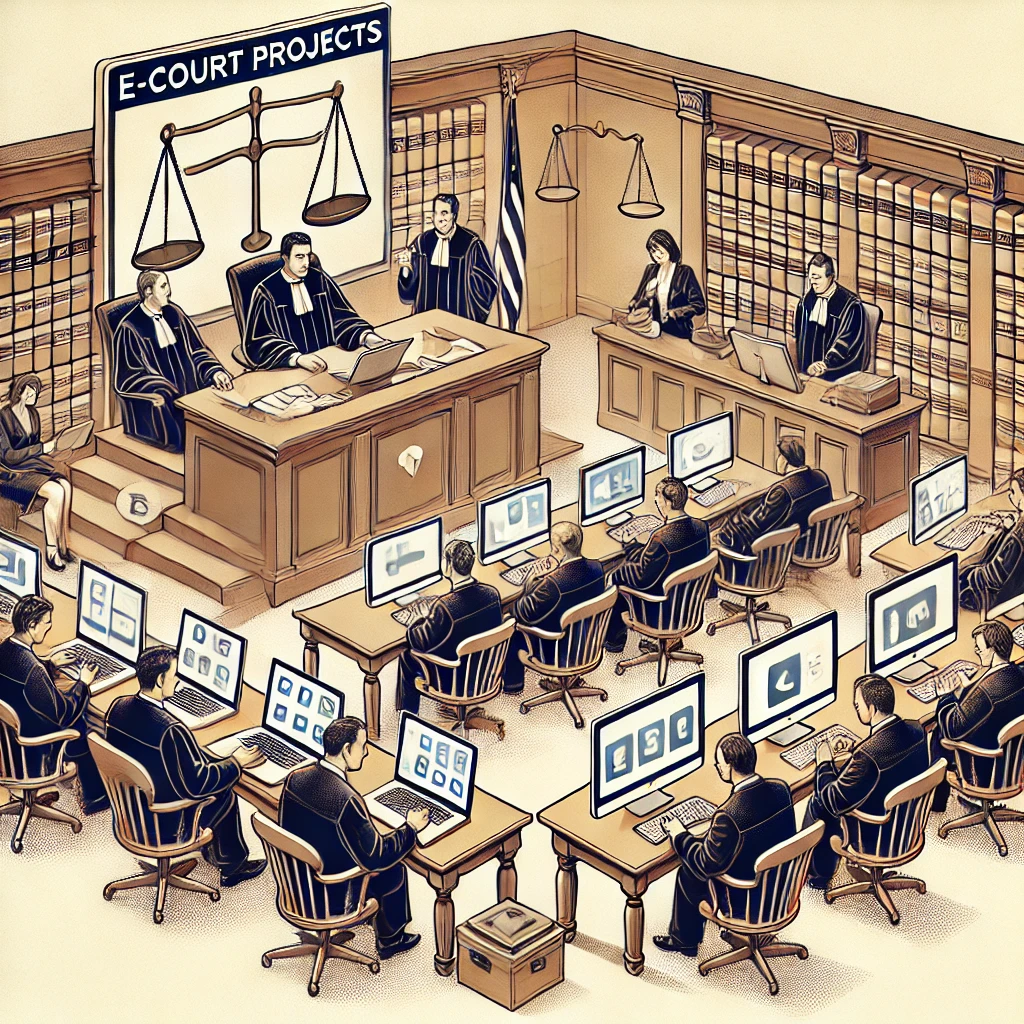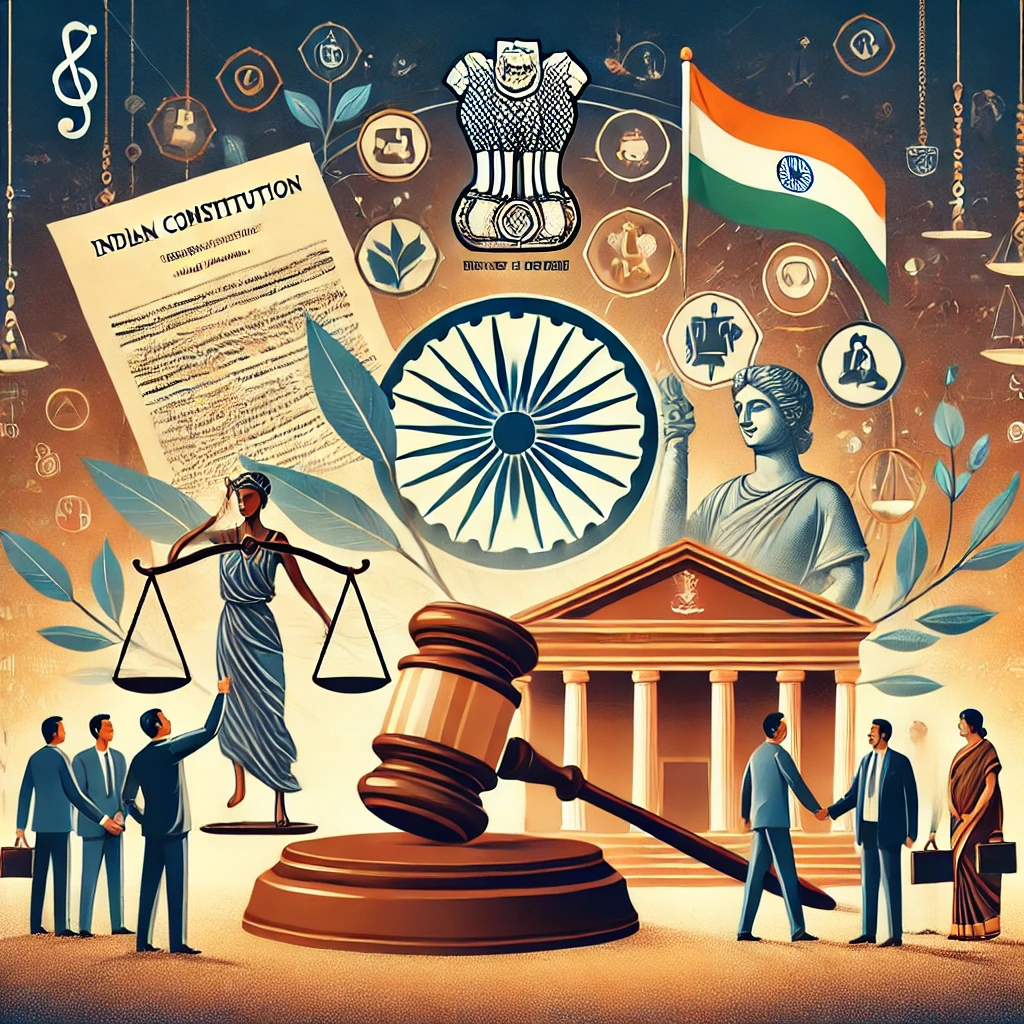The integration of the Supreme Court’s case data with the National Judicial Data Grid (NJDG) marks a significant step towards judicial transparency. The ODP is the one behind this, with a mission of ensuring that cases available before the public are accessible. This endorses transparency and accountability and helps in value creation by making all government data available.
The NJDG is a national repository of case data from courts all over India. It holds case details from 18,735 district and subordinate courts and high courts. Developed by the National Informatics Centre (NIC) in collaboration with the Supreme Court’s Computer Cell, this platform presents real-time updates and granular data at the Taluka level. It helps in the management and reduction of pendency through bottlenecks and gains excellent insights regarding judicial processes.
What is National Judicial Data Grid?
With the e-Courts project, NJDG perhaps emerges as one of the most important data repositories of India’s judicial systems. NJDG is an integrated database that keeps track of the latest happenings in court cases at multiple levels of the judiciary. It is an effort to make the judiciary clear, accessible, and efficient by keeping centralized case data.
National Judicial Data Grid (NJDG) is a national data grid that provides data regarding instituted, pending as well as disposed cases of the courts across the nation. The update is real-time and includes information from 18,735 District and subordinate Courts and High Courts. With the onset of Phase II of the e-Courts project, NJDG now provides granular data up to the Taluka level. On this platform, litigants can now access information regarding 23.81 crore cases as well as over 23.02 crore orders and judgments.
Developed By
The National Informatics Centre (NIC) developed the National Judicial Data Grid in close coordination with the Computer Cell, Registry of the Supreme Court. NJDG has an interactive interface and analytics dashboard, with access through advanced technology towards access and usability for all stakeholders.
Significance of NJDG
NJDG is an enabler for case pendency and judicial bottlenecks monitoring and generative of insights in specific areas of law. For instance, a spurt in cases regarding land disputes in a particular state could act as a trigger for policymakers to review and strengthen the legislation relevant to the matter. The data-driven approach will assist in streamlining judicial processes and enhance efficiency overall.

Current Pendency Status of Cases
As of last year, the Supreme Court of India faces an unbelievable backlog of cases. As a total number of 64,854 pendency cases stand registered, the pressure on the judiciary is consequentially enormous. The above statistics categorize the kinds of pendency, but it makes the promise to continue the effort to remove the threat.
Overall Pendency
The Supreme Court faces 64,854 pending cases presently, and this figure remains a constant concern as far as case backlog is concerned. Such a figure requires forceful measures to accelerate judicial proceedings and timely delivery of justice.
Monthly Data
In August 2023, the Supreme Court saw 5,412 new cases filed, while 5,033 cases were disposed of. This monthly data indicates a proactive approach to case management, although the net increase in pending cases suggests the need for further enhancements in judicial efficiency.
Specific Bench Matters
Pending cases in the Supreme Court are categorized by the type of bench.
| Type of Bench | Number of Cases | Category |
|---|---|---|
| Three-Judge Bench | 583 | Civil |
| Five-Judge Bench | 288 | Civil |
| Seven-Judge Bench | 21 | Civil |
| Nine-Judge Bench | 135 | Civil |
This categorization helps prioritize and manage cases more effectively.
Other Initiatives Under E-court Projects
The e-Court Projects encompass various initiatives aimed at modernizing and improving the judicial system. These initiatives leverage technology to enhance efficiency, accessibility, and transparency in the judiciary.

Case Information Software (CIS)
Case Information Software (CIS) is integral to the e-Court Project, facilitating case management through digital means. This software streamlines the handling of court cases, ensuring efficient tracking and management of judicial proceedings.
Virtual Courts
Virtual courts represent a significant advancement, enabling remote hearings and digital courtrooms. This initiative enhances judicial efficiency by reducing the need for physical presence, thereby saving time and resources.
Video-conferencing (VC)
Video conferencing in judicial proceedings allows for remote participation, making court processes more accessible. This technology ensures that geographical barriers do not hinder the administration of justice.
National Service and Tracking of Electronic Processes (NSTEP)
NSTEP plays a crucial role in tracking and serving court processes electronically. This system ensures the timely and efficient service of notices, contributing to the overall effectiveness of the judiciary.
Supreme Court Portal for Assistance in Court’s Efficiency
The Supreme Court Portal is designed to assist in improving court efficiency. By providing a centralized platform for accessing case information and other judicial resources, this portal supports the judiciary in delivering timely and effective justice.
Conclusion
An integration landmark toward transparency and efficiency in the judicial system with the Supreme Court case data now on the National Judicial Data Grid. Such initiatives should be remembered by aspirants as one holding transformative potential for case pendency and better accountability. Absorb this knowledge, which marks the changing face of governance and the centrality of data-driven policies in building a just society.


